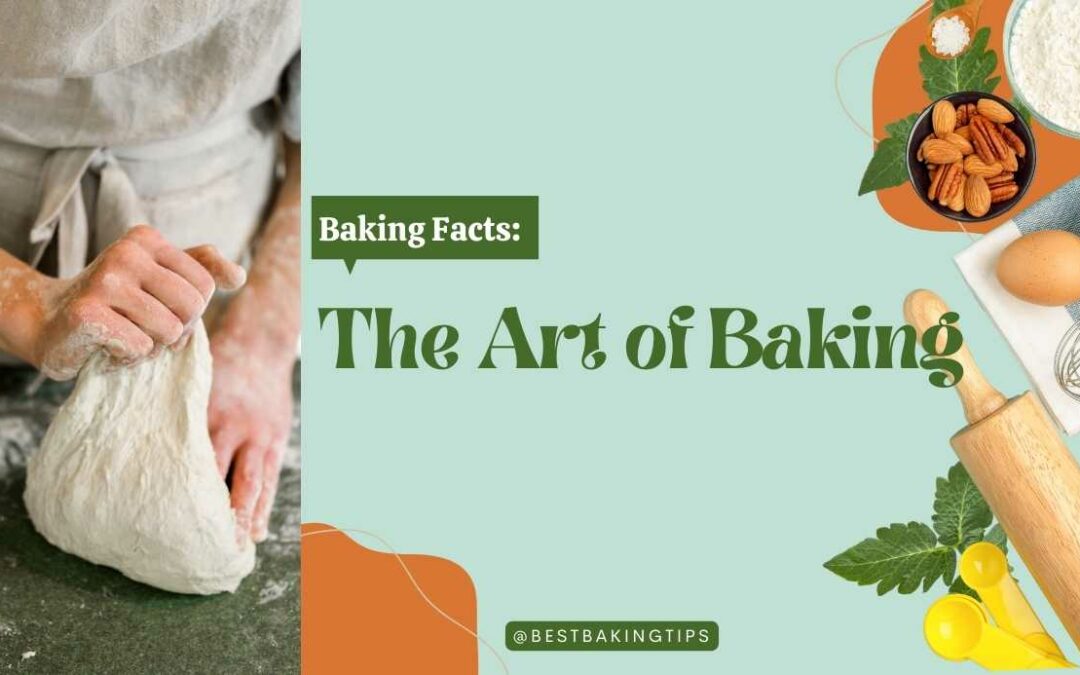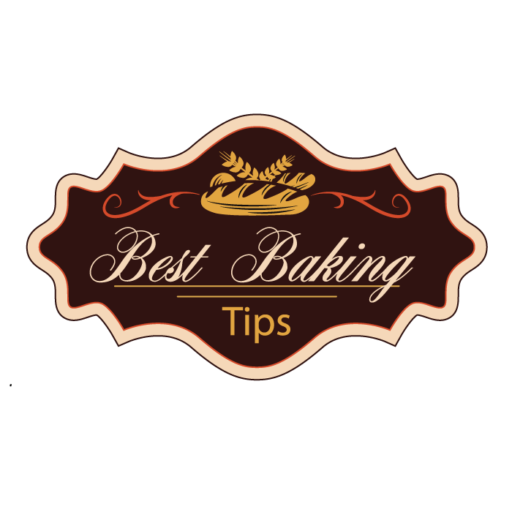==================
Affiliate Statement
Best Baking Tips is supported by our audience. When you purchase through one of our links, we may earn a small affiliate commission. As an Amazon Associate I earn from qualifying purchases. Your cost is not affected.
==================
Hey, baking friends! Are you excited to dive into the universe with cool baking facts, useful baking tips, and tricks? It’ll make your time in the kitchen super fun. No worries if you’re a baking master or just starting; we have something for everyone! In this article, we’ll reveal the secrets to baking like a champ. You’ll understand the science behind it. Also, we’ll be choosing the best tools and techniques for creating drool-worthy treats.
Fun Baking Facts and Tips
You see, baking is more than just mixing a bunch of things together. It’s like being a crafty artist and a brilliant scientist all at once! To make your baked treats taste fantastic, it helps to know a few baking facts. Also, follow some useful baking tips. We’ll guide you on measuring ingredients and getting your oven temperature spot-on. Plus, you’ll be able to pick the ideal bakeware for your tasty creations. And we’ll share some awesome baking tricks to save you time and make baking even more enjoyable.
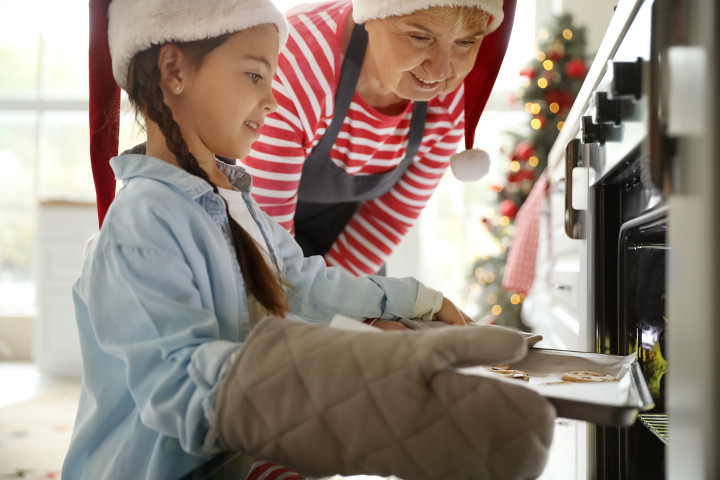
So, are you ready to jump into this delicious journey? Let’s learn how to make your baked goodies the star of every party! With our guidance, you’ll not only impress your loved ones but also feel like a baking superstar. So, tie on that apron. Grab your favorite mixing spoon. And let’s explore this delightful world of baking facts and easy-to-follow tips together.
Baking Facts: The Awesome Science of Baking
Ever wonder how simple ingredients turn into tasty treats in the oven? That’s where baking facts come in, explaining the cool science behind baking. Let’s see how these processes work and how knowing them can help you make yummy baked goods.
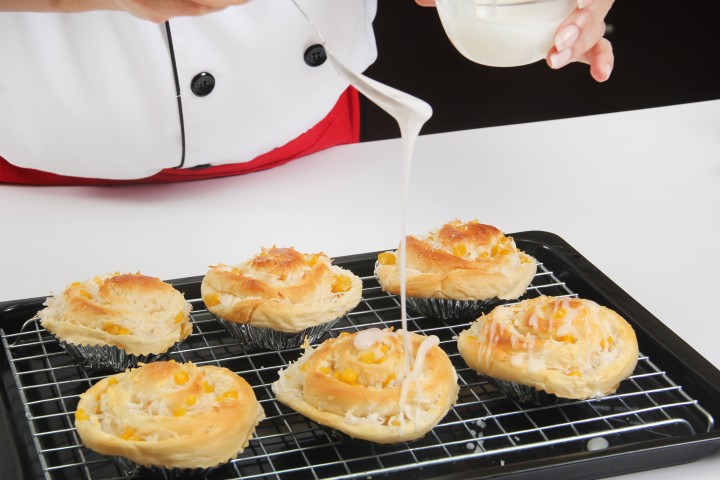
Magical Chemical Reactions
Baking is full of hidden wonders, and chemical reactions are the stars of the show. For instance, when you mix baking soda and an acid like lemon juice, it makes carbon dioxide gas. This gas creates bubbles, making your cakes and muffins light and fluffy.
Another key reaction is the Maillard reaction. It gives your baked goods a golden crust and a yummy smell. This happens when sugars and proteins in the dough change and mix together at high heat.
Ingredients: Each One Has a Special Job
Every ingredient in your recipe has a job to do. Flour gives structure, while sugar makes things sweet and helps with browning. Fats, like butter, make your treats soft and moist, and eggs hold everything together. Plus, they affect the final texture. Knowing these baking facts helps you see how changing ingredients can affect your finished product.
Measuring Right: The Secret to Success
Being accurate is super important in baking. Exact measurements make sure you have the right balance of ingredients. So, you get the same results every time. A great baking tip is to use a kitchen scale to weigh ingredients like flour, sugar, and butter. This way, you won’t have problems like heavy cakes or dry cookies.
Now you know some of the science behind baking. And you can appreciate these amazing baking facts. It’ll make your favorite treats possible. Understanding these things will help you be a better baker. You’ll be able to use useful baking tips and tricks to create tasty goodies.
Useful Baking Facts and Tips to Boost Your Skills
Eager to sharpen your baking skills? Check out these useful baking tips that’ll make whipping up treats a breeze. From measuring ingredients to prepping your oven, we’ve got you covered.
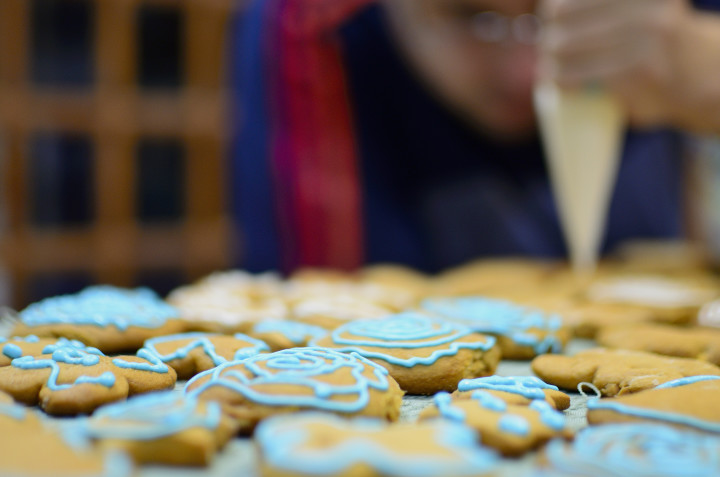
1. Measure with Care: It’s All About Precision
One crucial baking fact to remember is that accurate measuring makes all the difference. Use measuring cups for dry stuff like flour and sugar. But you can use liquid measuring cups for wet things like milk and water. For even better accuracy, consider getting a kitchen scale to weigh your ingredients. This way, you’ll sidestep common baking issues.
2. Oven Prep: Preheat and Double-Check
Getting your oven ready is super important for tasty results. Always preheat it to the right temperature before putting your treats inside. To make sure the temperature is just right, use an oven thermometer. Sometimes ovens can be a few degrees off, and this helps avoid that problem.
3. Fresh is Best: Keep Ingredients Up to Date
Using fresh ingredients can really boost the flavor of your baked goods. Ensure your baking powder and baking soda are fresh, and store them in a cool, dry place. Use fresh eggs, butter, and dairy products for the tastiest results. Your taste buds will love it!
4. Relax and Chill: Cool Your Dough
Did you know that chilling your dough can make your cookies even better? This cool baking tip involves popping your dough in the fridge for a minimum of 30 minutes. It makes the dough easier to handle. Plus, it prevents your cookies from spreading too much while baking.
5. Grease and Flour: Set Your Pans Free
Nobody wants a cake that’s stuck in the pan. To avoid this baking mishap, grease your pans with butter or non-stick spray. Then, dust them with a light coating of flour. This simple trick will ensure your baked goods slide out smoothly every time.
6. Mix It Up: Combine Ingredients Carefully
How you mix your ingredients can affect the texture of your baked goods. Overmixing can make your treats tough. But, undermixing can leave pockets of dry ingredients. To avoid these issues, follow your recipe’s instructions on mixing. Also, use a gentle hand when combining ingredients.
7. Toothpick Test: Check for Doneness
How can you tell if your cake or muffins are done? Use the toothpick test! Insert a toothpick or skewer into the middle of your baked good. If it comes out clean or with just a few crumbs, it’s ready. If there’s wet batter on it, give it a few more minutes in the oven.
Video Credit: @danibakesvida9471
Clever Baking Tricks for Your Creations
Looking to up your baking game? These baking tips and tricks will help you turn your homemade treats into works of art. Impress your friends and family with your newly-learned skills. Just apply these creative baking facts and techniques to your culinary adventures.
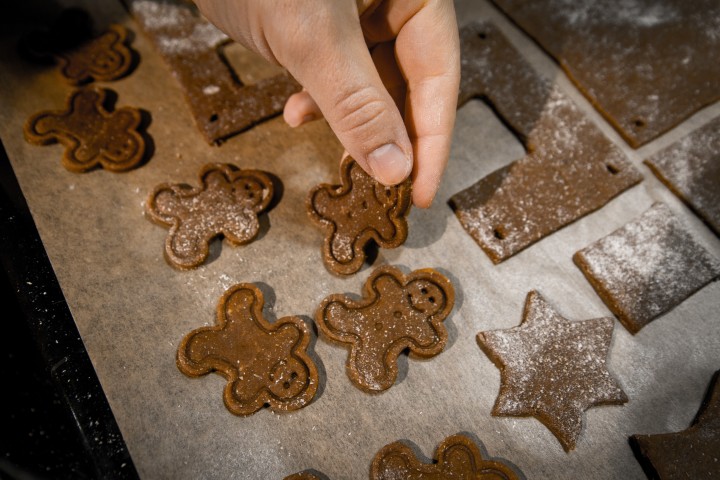
1. Slice It Right: Dental Floss for Clean Cuts
You might be surprised to know that dental floss isn’t just for teeth! It’s also a fantastic tool for slicing cakes, cinnamon rolls, and other soft baked goods. Use unflavored dental floss to make clean cuts without tearing your beautiful creations.
2. Cookie Scoop: Uniform and Beautiful Cookies
Want your cookies to look like they came from a professional bakery? Use a cookie scoop! This handy tool ensures evenly-sized dough portions. So it leads to uniform and picture-perfect cookies every time.
3. Parchment Paper: Your Non-Stick Best Friend
Baking with parchment paper can be a game-changer. Line your baking sheets with parchment paper for easy cleanup. To prevent your treats from sticking to the pan. You can also use it to roll out dough or create a makeshift piping bag in a pinch!
4. Chill Out: Cold Butter for Flaky Pastry
For flaky pie crusts and tender pastries, use cold butter. Cut the butter into small pieces and mix it into your dry ingredients using a pastry cutter or your fingers. The goal is to keep the butter cold until it hits the oven, which creates steam and results in a flaky texture.
5. Level Up: Rotating Your Baked Goods
For even baking, rotate your pans halfway through the baking time. This simple baking trick helps to ensure that your treats are evenly cooked. This is due to ovens can have hot spots and temperature variations.
6. Microwave Magic: Soften Brown Sugar
Don’t let hard brown sugar ruin your baking plans! To soften it, place the brown sugar in a microwave-safe bowl. Enclose it with a damp paper towel, and microwave it for 20-second intervals until it’s soft and pliable. This quick and easy trick saves time and prevents frustration.
7. DIY Buttermilk: A Simple Homemade Solution
If a recipe calls for buttermilk and you don’t have any, don’t worry! You can make your own by combining one tablespoon of white vinegar or lemon juice with one cup of milk. Let the mixture sit for some minutes, and voilà! You’ve got homemade buttermilk, perfect for pancakes, muffins, and more.
8. Frosting Smarts: Start with a Crumb Coat
To achieve a professional-looking frosted cake, start with a crumb coat. Apply a slim layer of frosting to the cake to lock in the crumbs, and then chill it in the fridge for about 30 minutes. Once the crumb coat is set, apply a thicker layer of frosting for a smooth, flawless finish.
By incorporating these baking tricks into your kitchen routine, you’ll create mouthwatering treats. Remember, practice makes perfect. So, keep experimenting and learning from these useful baking tips. Happy baking, and may your culinary adventures be delicious and fun!
Ready, Set, Bake: Wrapping It Up
Well, dear baking buddies, we’ve reached the end of our adventure through the baking world! We chatted about exciting baking facts, super-helpful tips, and awesome tricks. Remember, practice is your best friend, and it’s okay to have a few oops moments. Keep exploring and experimenting, and your baking skills will only get better. Need a reminder? Pop back to this article whenever you like.
One of the great things about baking is sharing the yumminess with others. Teach a pal a new recipe, organize a bake sale for a great cause, or munch on warm, gooey goodies together. There’s something magical about friendships formed over the love of baking. Let’s keep that spirit alive and spread baking joy far and wide!
And don’t forget, baking isn’t just a tasty hobby; it’s also an art form and a way to show who you are. So, go ahead, pour your heart into your treats, and let your unique style shine. The top bakers are the ones who stay curious and love to learn and grow. Here’s to endless hours of baking joy and the love for baking that connects us all. Keep learning, sharing, and, most importantly, having fun! Happy baking to all of you! Treasure your baking adventures and create memories that last a lifetime!
Read More
FAQS
What’s the secret to fluffier baked goodies?
For fluffier treats, measure ingredients accurately. Use fresh baking powder or soda, and don’t overmix your batter. Too much mixing can create gluten, leading to dense baked goods.
How do I know when my cake is ready?
Poke a toothpick or skewer into the cake’s center. If it comes out clean or with a few crumbs, it’s done. The cake might also pull away from the pan’s edges.
Can I swap different flour types in recipes?
Stick to the recipe’s flour type, as each kind has unique features. Sometimes you can find substitution ratios or use all-purpose flour with minor tweaks.
How can I prevent a soggy pie crust?
Try blind baking the crust first, using a pie shield. Or you can brush it with egg wash to create a barrier between the filling and the crust.
How do I make frosting smoother and easy to spread?
Soften butter or cream cheese without melting. Sift powdered sugar before mixing, and add a bit of milk or cream if needed for the right consistency.
What’s the best way to store baked treats?
Keep them in an airtight canister at room temperature for a few days. For longer storage, wrap tightly in plastic or foil and freeze in a freezer-safe bag or container.
Can I bake without an oven?
Yes, you can use alternatives like a stovetop, microwave, or slow cooker for some recipes. Just remember to adjust cooking times and temperatures accordingly.
Why do my cookies spread out too much?
Cookies can spread if there’s too much butter, sugar, or liquid. Chilling the dough before baking helps cookies keep their shape.
How can I tell if my bread is done?
Tap the loaf’s bottom; if it sounds hollow, it’s ready. You can also check the internal temperature with a thermometer. It should read around 190-200°F (88-93° C) for most types of bread.
Now you’re equipped with answers to some common baking questions! Remember, practice makes perfect, and learning from trial and error is okay. Keep exploring the world of baking. Share your creations with others, and most importantly, have fun along the way! Happy baking, everyone!

